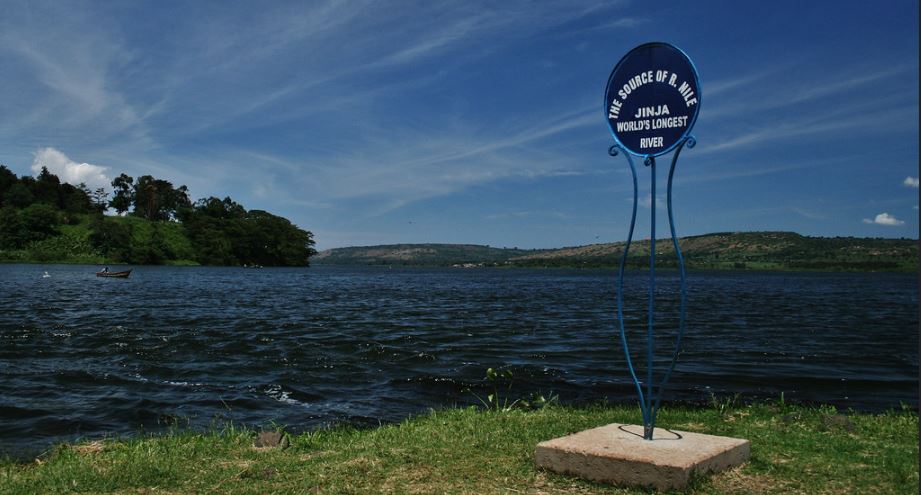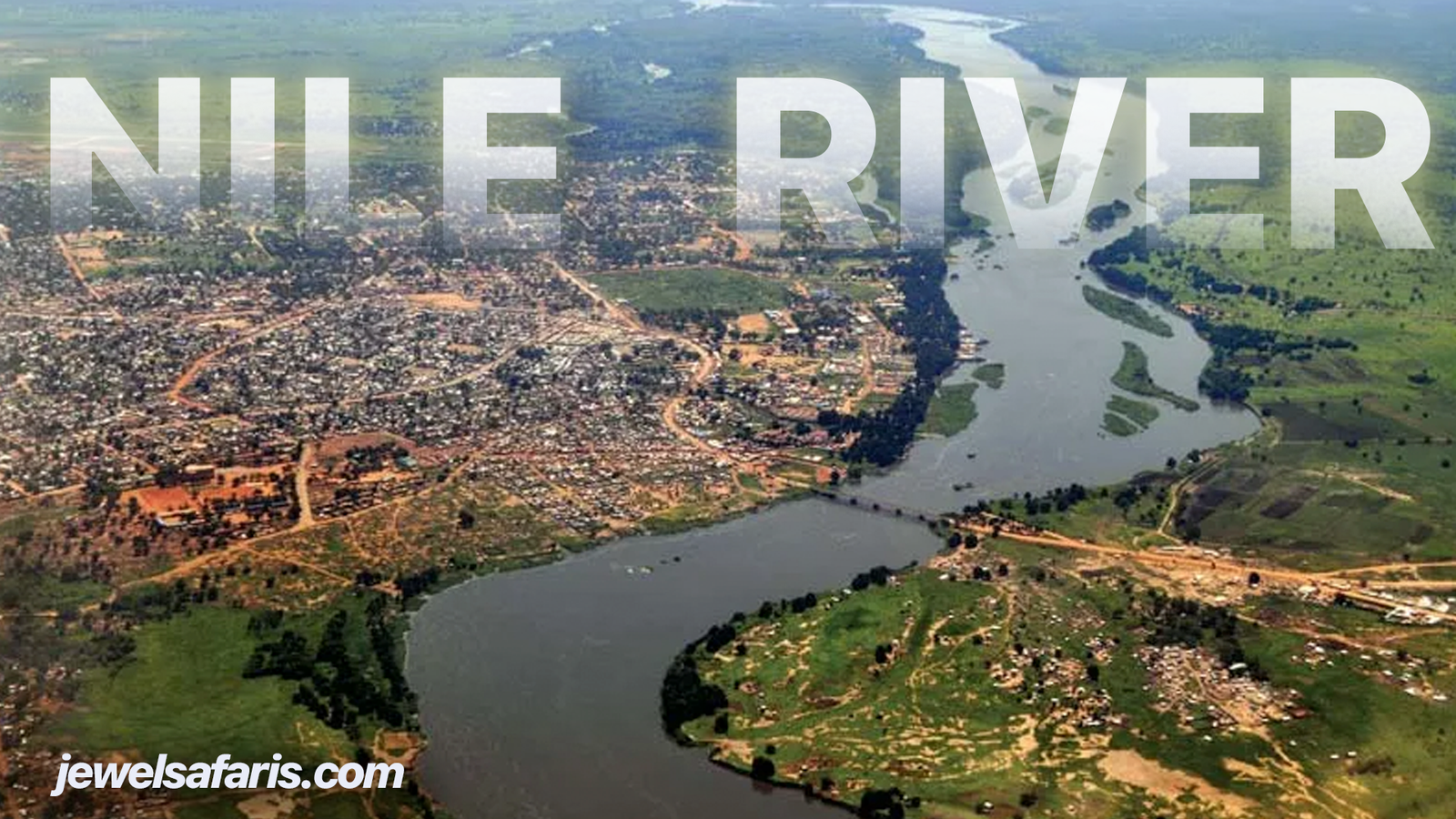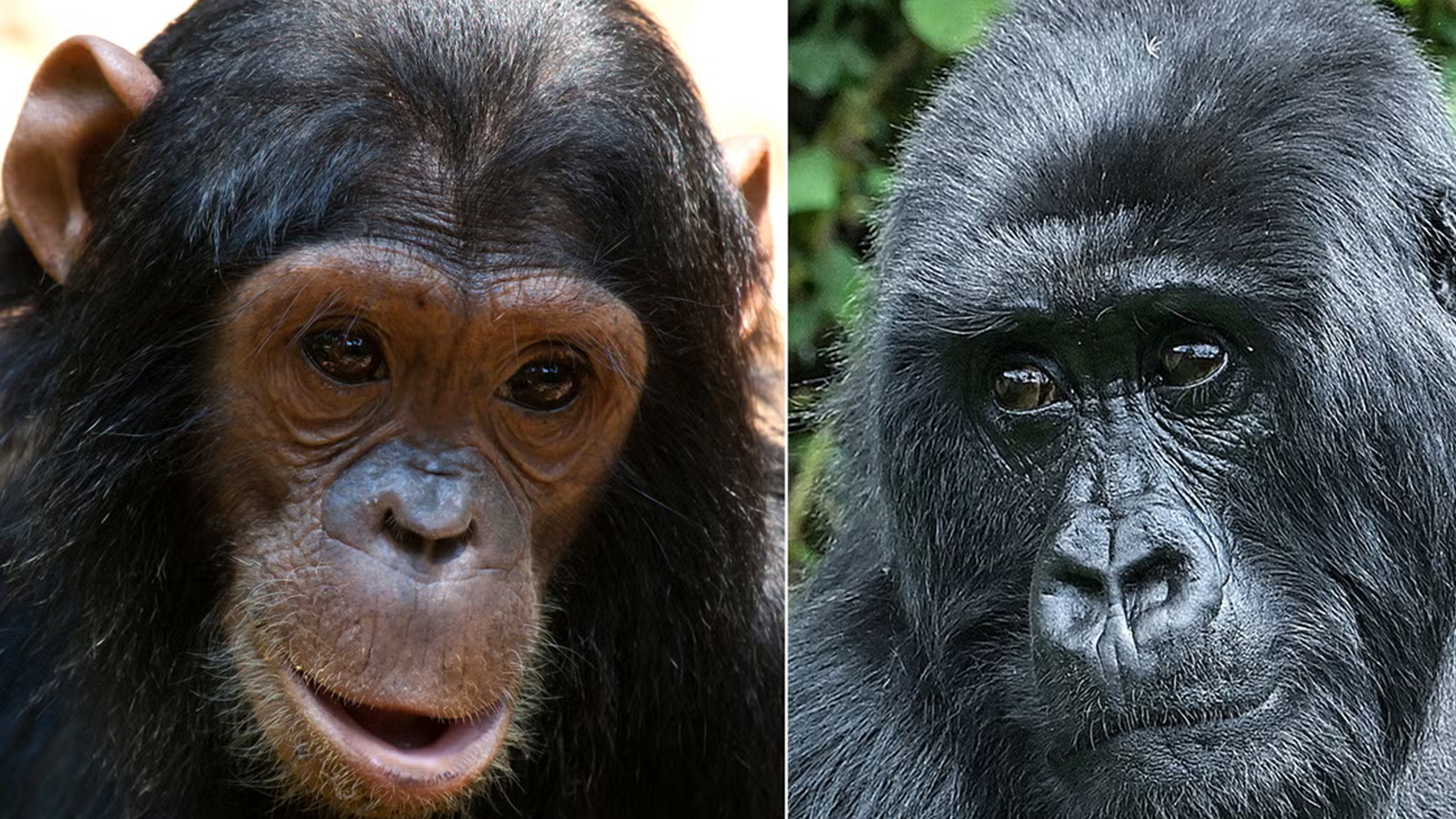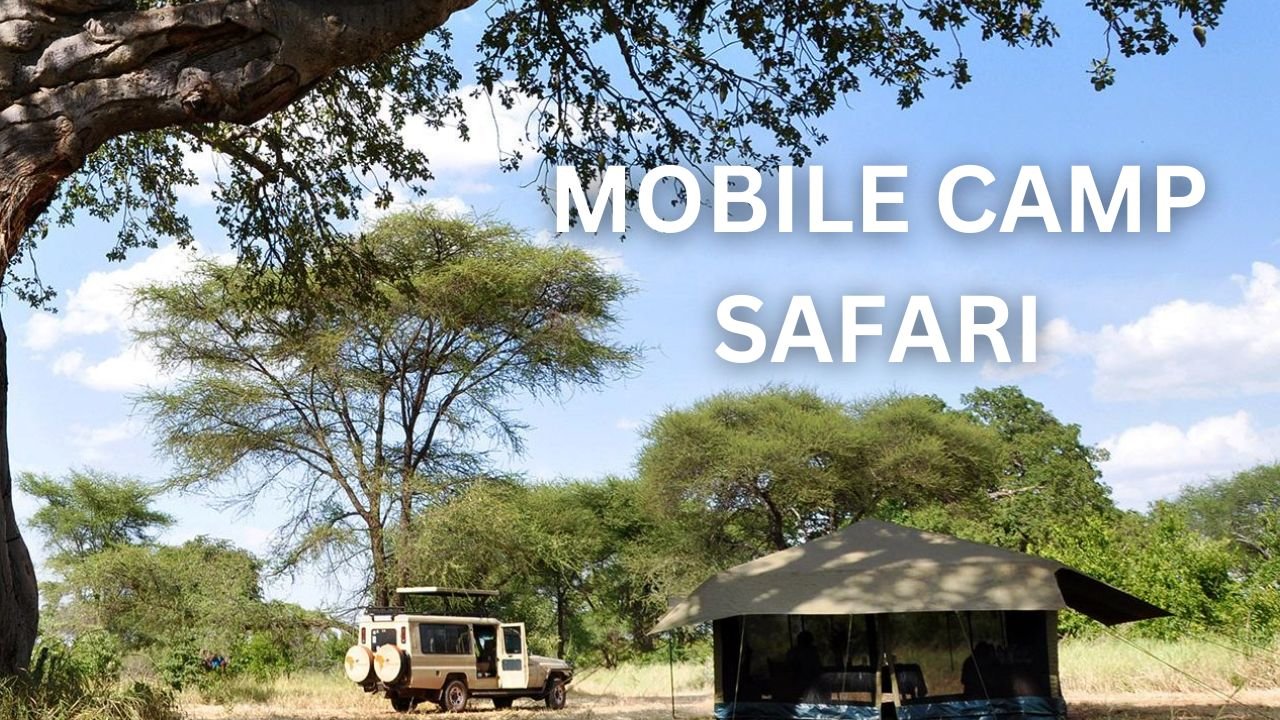Where is the Nile River Located?
The Nile River, one of the most iconic and historically significant rivers in the world, stretches over 6,650 kilometers (4,130 miles), making it the longest river on Earth. It flows through eleven countries in northeastern Africa, shaping the geography, culture, and history of the region. Let’s take a closer look at where the Nile River is located and how it weaves through these diverse areas.
Origins of the Nile River

The Nile River is fed by two main tributaries:
1. The White Nile:
The White Nile is the longer of the two tributaries and originates from Lake Victoria in East Africa, which borders Uganda, Kenya, and Tanzania. The river flows northward through Uganda and South Sudan, contributing the majority of the Nile’s steady water flow.
2. The Blue Nile:
The Blue Nile originates from Lake Tana in the Ethiopian Highlands, located in northwest Ethiopia. This tributary is seasonal and carries the majority of the Nile’s fertile silt. It merges with the White Nile in Khartoum, Sudan, where the two form the main Nile River.
Together, these two tributaries create the mighty river that has sustained civilizations for thousands of years.
Countries Through Which the Nile Flows
The Nile River traverses 11 countries as it makes its way north to the Mediterranean Sea. These countries are:
1. Uganda:
The White Nile flows out of Lake Victoria in Uganda, passing through the town of Jinja, often referred to as the “Source of the Nile.” In Uganda, the river cascades through Murchison Falls National Park, creating breathtaking waterfalls and supporting diverse ecosystems.
2. Kenya:
Although Kenya only has a small part of the Nile Basin, rivers from western Kenya feed into Lake Victoria, contributing to the river’s flow.
3. Tanzania:
Like Kenya, Tanzania’s rivers drain into Lake Victoria, indirectly feeding the Nile River system.
4. Rwanda and Burundi:
These two countries are part of the Nile Basin, and the Kagera River, which flows into Lake Victoria, originates here.
5. South Sudan:
After flowing out of Uganda, the White Nile continues through South Sudan, where it is known as the Bahr el Jebel. It flows through vast wetlands known as the Sudd, one of the world’s largest swamps.
6. Ethiopia:
The Blue Nile originates from Lake Tana in Ethiopia, and its dramatic course through the Ethiopian Highlands provides the Nile with much of its fertile sediment.
7. Sudan:
In Sudan, the White and Blue Niles meet in the capital city of Khartoum, forming the main Nile River. From here, the river flows northward through deserts, providing a lifeline for agriculture and settlements.
8. Egypt:
The Nile River is most famously associated with Egypt, where it flows northward into the Mediterranean Sea. The Nile Delta in northern Egypt is a fertile, triangular region where the river splits into multiple branches, supporting agriculture and urban settlements.
9. Eritrea:
A small portion of Eritrea lies within the Nile Basin, with some of its rivers contributing to the Atbara River, a tributary of the Nile.
10. Democratic Republic of Congo (DRC):
A very small part of the Nile Basin extends into the DRC, though its contribution to the river is minimal.
Major Cities Along the Nile

The Nile River supports millions of people along its course. Some of the key cities include:
- Jinja, Uganda: Known as the source of the Nile, this town is a hub for tourism and water activities.
- Khartoum, Sudan: The capital city where the White and Blue Nile merge.
- Cairo, Egypt: Egypt’s bustling capital, located on the Nile, is a hub of history and culture.
- Alexandria, Egypt: Situated near the Nile Delta, this city marks the river’s journey to the Mediterranean.
The Importance of the Nile River
The Nile River is more than just a geographical landmark; it is a lifeline for the people and ecosystems of northeastern Africa. It supports agriculture, provides water for millions, and plays a vital role in transportation and trade. Historically, the Nile was the cradle of ancient Egyptian civilization, and even today, it remains a cornerstone of life in the region.
From the wetlands of South Sudan to the fertile plains of Egypt, the Nile River continues to shape the landscapes and lives of the communities along its banks. Its journey through eleven countries is a testament to its importance as a unifying natural wonder in Africa.
Whether you’re marveling at its origins in Lake Victoria, exploring its majestic flow through Sudan, or admiring its grandeur in Egypt, the Nile River is a true geographical and cultural treasure.



